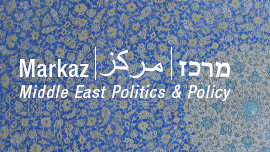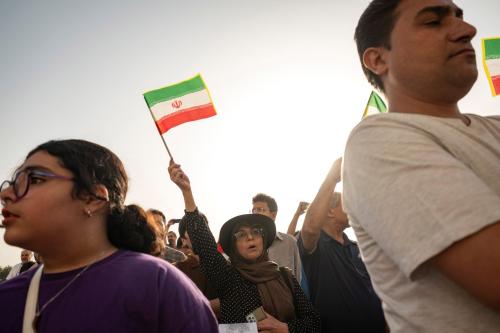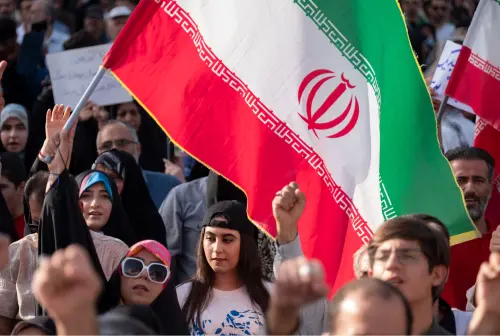As one might suspect, the most notable coverage of Iran this week considered its relationship with Syria as America mulls military action against Damascus. First, in a story that’s been all over the Iran-watching media today, new Iranian foreign minister Mohammad Javad Zarif continued his embrace of social media by posting an essay laying out Iran’s objections against a Western strike on Syria to his Facebook page – in it, he argued that the evidence is far from convincing and the supposedly benevolent motivations of America deserve some skepticism. Alireza Nader discussed President Hassan Rouhani’s dilemma as he tries to build links with the West while supporting Iran’s staunch ally. In the Daily Beast, Eli Lake cites US military and intelligence officials who estimate that any Iranian retaliation for a strike on Syria would be limited to the Middle East. Farnaz Fassihi of the Wall Street Journal looked at the detrimental effects an American strike on Syria would have on the prospects for negotiations with Iran on its nuclear program. In the CTC Sentinel, Karim Sadjadpour examines the steadfastness of Iranian support for the Assad regime. And in Time, Andrew Parasiliti argued that the key to solving the Syrian crisis is negotiation with Iran.
Amidst all the discussion of Syria, it was easy to forget that this week, the IAEA released its latest report on Iran’s nuclear activities, noting continued uranium enrichment and increases in the number of installed centrifuges, but a decreasing rate of growth in the Islamic Republic’s stockpile and delays in the projected opening of the Arak heavy water reactor. The report was widely parsed, including coverage in news outlets like the New York Times as well as an analysis by the nuclear watchdogs at Institute for Science and International Security, who remained concerned by reports that Iran has not been giving inspectors desired access to military sites like Parchin. In the National Interest, Reza Nasri suggested the UN Security Council take a more lenient approach toward Iran and possibly even refer the dossier back to the IAEA.
In oil, the Economist covered the desire of new Oil Minister Bijan Zanganeh to bring back the “golden age” and entice foreign investment back to Iran’s oil industry through more attractive contracts. This was also discussed in Platts, which looked at invitations issued by Tehran to international oil firms for discussions.
This week also saw the first post-inauguration visit of a foreign leader to Tehran, as Sultan Qaboos of Oman met with Rouhani and Zarif. Given the Sultan’s history as an intermediary between Iran and the West, Tehran Bureau wrote, Iran has been rife with speculation that he came on a mission to advance nuclear diplomacy. Though one concrete outcome came in the signing of a memorandum of understanding between the two nations, which, if realized, would mean 25 years of Iranian gas exports to Oman totaling $60 billion, as Elizabeth Dickinson points out in the National.
In the field of justice and human rights, Amnesty International took a look back at the mass executions of prisoners in 1988, 25 years later.
Elsewhere, ending on a more positive note, the New York Times covered the news Iran would like to be talking about as it moves forward – the tourism industry, which the Rouhani administration hopes to revive.
Enjoy the long weekend!
The Brookings Institution is committed to quality, independence, and impact.
We are supported by a diverse array of funders. In line with our values and policies, each Brookings publication represents the sole views of its author(s).




Commentary
What to Read on Iran this Week: Syria, the IAEA, Oil, and Oman
August 30, 2013